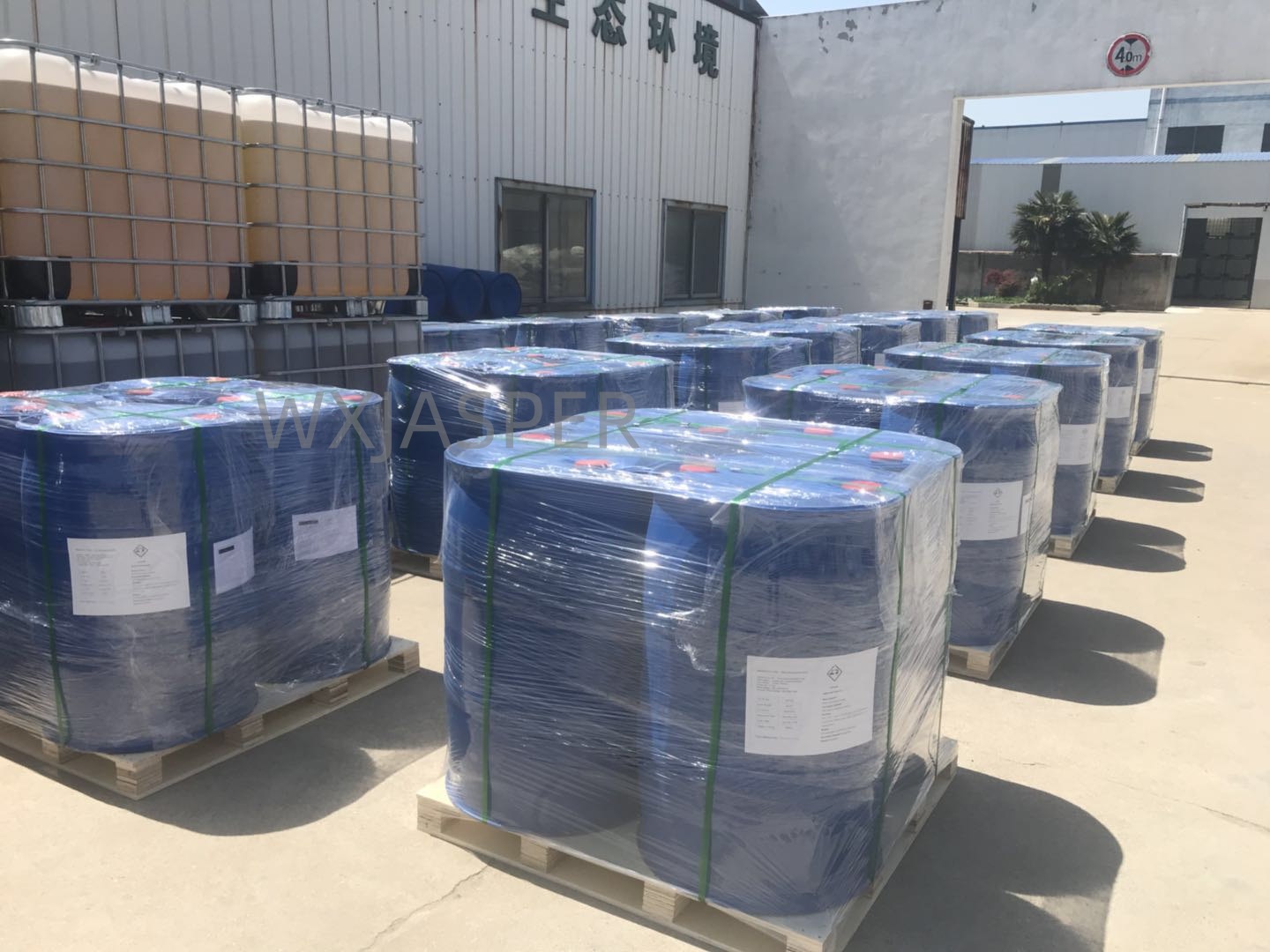Your Location:Home > Products > Solvents > TERSPERSE 2700



CasNo: 36290-04-7
MF: (C10H8O3S)n.(CH2O)n.xNa
Appearance: liquid
Delivery Time: 15 days
Packing: 200kg/drum
Purity: 99%
1. Basic Attributes
2. Core Physicochemical Properties
| Index Item | Presumed Standard Range | Description |
|---|---|---|
| Appearance (Room Temperature) | Brown to dark brown transparent liquid | No stratification or precipitation. Slight flocculent turbidity may occur at low temperatures (<0℃), and transparency is restored when heated above 12℃, without affecting performance. |
| Active Matter Content | 42%-48% | Represents the proportion of effective dispersing components, with a fluctuation of ≤2% (same batch). The content of impurities (inorganic salts, unreacted monomers) is ≤3%. |
| Density (25℃) | 1.12-1.16 g/cm³ | Stable density with an error of ≤0.02 g/cm³, facilitating precise volumetric measurement in formulations. |
| Viscosity (25℃, 20rpm) | 400-900 mPa·s | Moderate viscosity balances fluidity and dispersion stability. The viscosity increase at low temperatures is ≤30%, avoiding conveyance blockage. |
| Surface Tension (0.1% aqueous solution) | 33-39 mN/m | Rapidly reduces the particle-water interfacial tension, improving wetting efficiency. The wetting time for hydrophobic pesticide active ingredients (e.g., pyraclostrobin) is ≤30s. |
| Solubility | Soluble in water, ethylene glycol, propylene glycol | Excellent compatibility with nonionic surfactants (e.g., fatty alcohol polyoxyethylene ether AEO-9). Insoluble in nonpolar solvents such as xylene and mineral oil. It can be mixed with polar solvents (e.g., N-methylpyrrolidone) at a ratio of 1:5. |
3. Functions and Typical Application Scenarios
Core Functions:
Typical Application Fields:
4. Usage Specifications and Precautions